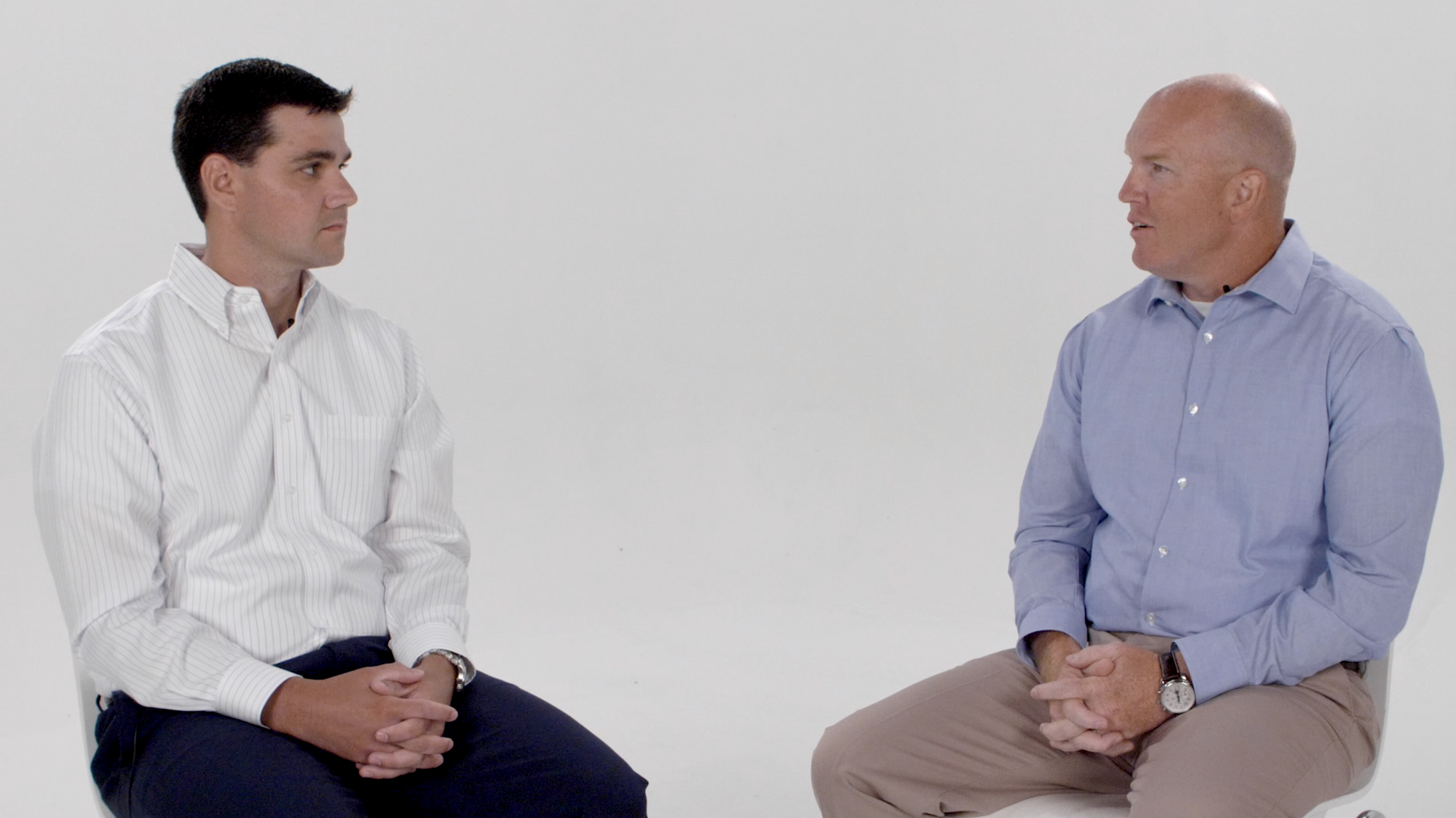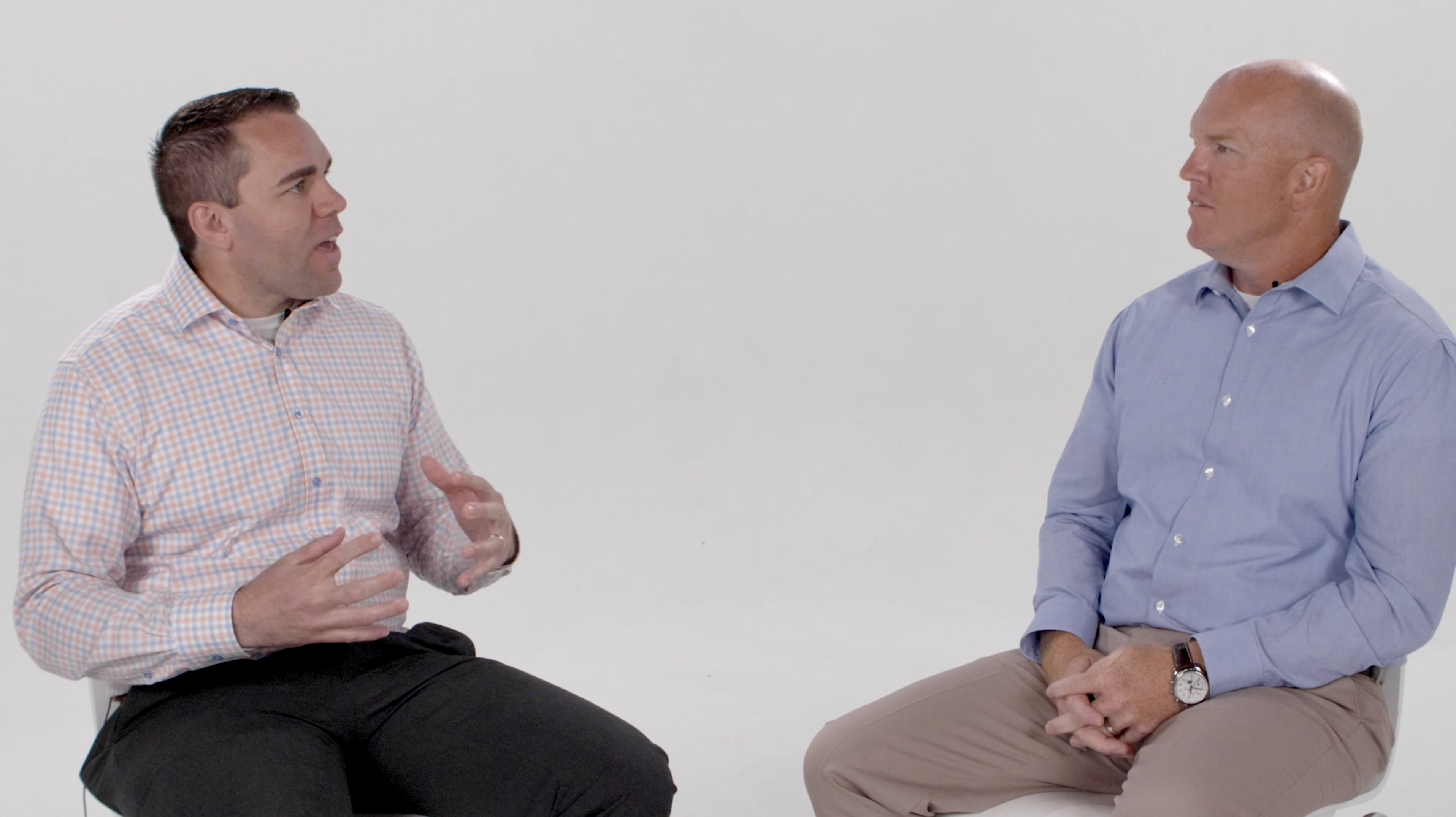Ask an Advisor: Which is better, a Roth IRA or a regular IRA?

Transcript
Aaron: 00:09
Hi, my name’s Aaron Puckett, and I’m here with David Hemler. We’re with Puckett and Sturgill Financial Group, and this is the next video in our series called, Ask an Advisor. And the question we received that we’re answering today is, which is better, a Roth IRA or a regular IRA?
Dave: 00:28
Yeah, we get that one a lot too. And you know, it’s a question that requires a little bit of effort and thinking, but the generalities of that question are, do we need and will we get a tax deduction by using the traditional IRA approach? Or would it be better for us to forego that tax deduction and utilize a Roth? And as you know, I mean the Roth has a lot of power there, so when we’re talking to younger folks, most of the time we’re going to lean toward that Roth option more than the traditional.
Aaron: 01:04
Yeah, I mean age has a lot to do with it.
Dave: 01:07
Age, by all means.
Aaron: 01:07
Income level.
Dave: 01:08
Income level. Mm-hmm(affirmative).
Aaron: 01:10
A lot of people don’t know the eligibility is different for each of them.
Dave: 01:13
That’s right. So you very well may, if you’re covered by an employer plan, you may not be eligible because of your income level to do a deductible IRA, and you might not be able to do a Roth.
Aaron: 01:24
Yeah.
Dave: 01:24
And in some ways, what we would share with folks is, that’s an envious position to be in, because that would indicate that you have a high-level of earnings if you’re not eligible.
Aaron: 01:34
One of the biggest mistakes I’ve seen with this Roth versus traditional decision, is that people don’t evaluate fully what both options are.
Dave: 01:44
Right.
Aaron: 01:44
And I’ve talked to plenty of people that I ask them, “Well, why is it that you never funded a Roth IRA in the past?” Are they on acting on some sort of information they heard from a friend that wasn’t even accurate?
Dave: 01:57
Right.
Aaron: 01:58
So I think the most important thing is to talk to an advisor, and really kind of wrestle through which of these is better. The other thing that’s an interesting point with Roth versus traditional, there are things you can do with a Roth before retirement, that you can’t accomplish with a traditional IRA.
Dave: 02:18
Right. So the monies that you contribute to your Roth are actually monies that are after tax contributions, so the government doesn’t penalize you if you wanted to use those monies at any time.
Aaron: 02:29
Prior to retirement.
Dave: 02:30
Yeah, that’s right, prior to retirement. And with the onset of some of the rule changes, and now many employer plans offer a Roth option within their 401k, their 403(b)s, and certainly something for folks to get a better understanding of and how that fits into their planning and their goals.
Aaron: 02:46
Yeah, it’s important to have the conversation and really explore both those options.
Dave: 02:51
It is, it is very much so. And we thank you for that question today, and we look forward to answering more questions for you in the future. Please don’t hesitate to reach out to any of us and send us an email, give us a call. We’re happy to help.









